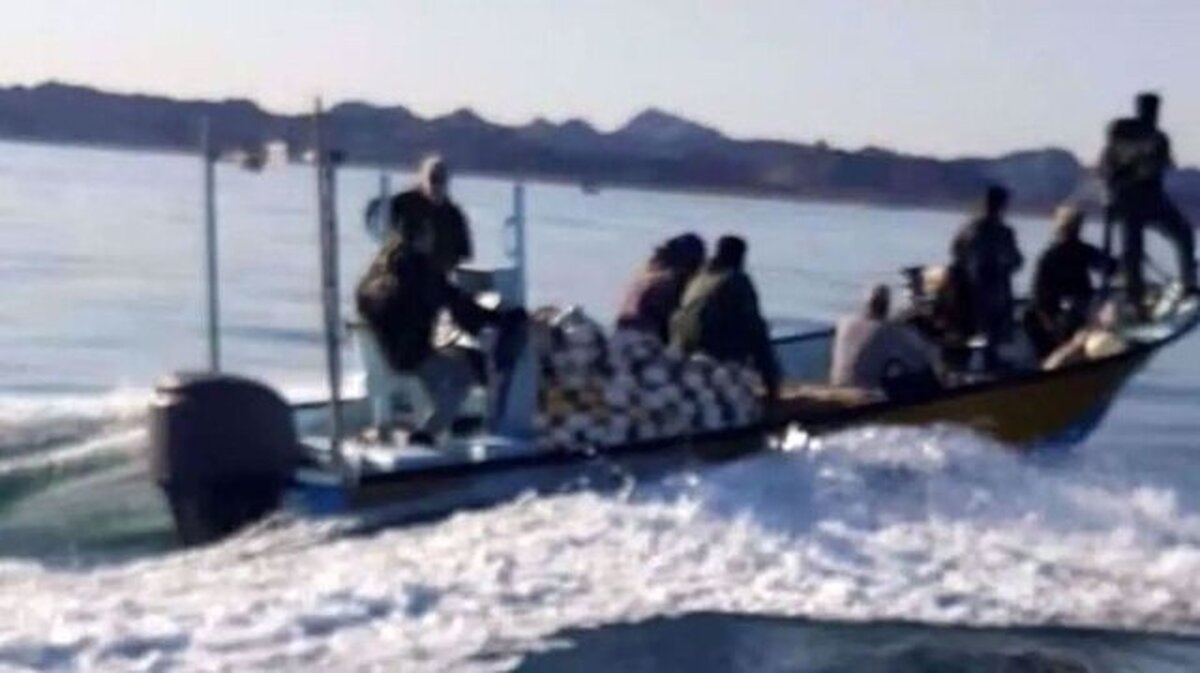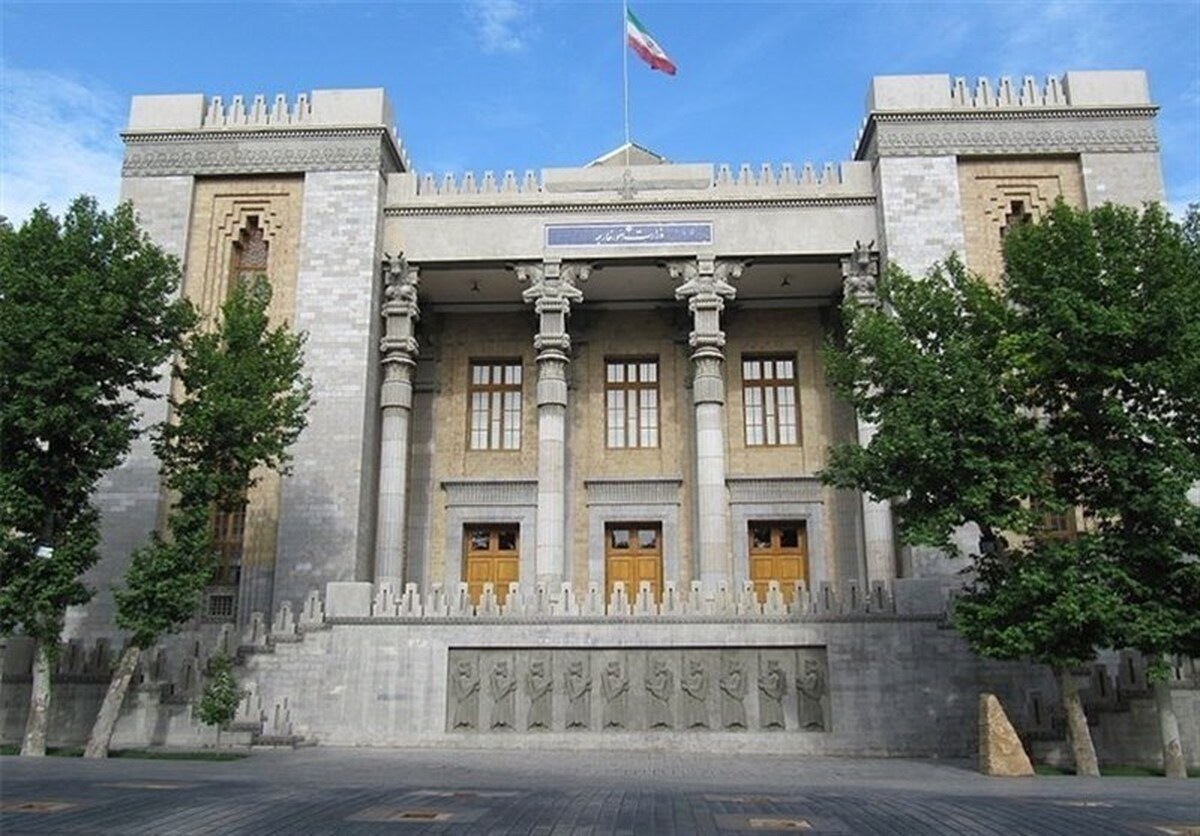
Trade With Persian Gulf States Crosses $17 Billion in 7 Months
EghtesadOnline: Iran traded 36.74 million tons of goods worth $17.48 billion with Persian Gulf littoral states, namely Iraq, Kuwait, Qatar, the UAE, Bahrain and Saudi Arabia, in the current fiscal year’s first seven months (March 21-Oct. 22), according to the latest data released by the Islamic Republic of Iran Customs Administration.
The UAE was Iran’s top trade partner among the states during the period with 13.47 million tons worth $11.19 billion. It was followed by Iraq with 2.85 million tons worth $6.11 billion, Qatar with 671,923 tons worth $91.12 million, Kuwait with 1.5 million tons worth $83.61 million and Bahrain with 6,710 tons worth $5.44 million.
Iran’s exports totaled 28.51 million tons worth $8.24 billion.
Iraq was the main export destination with 19.74 million tons worth $5.48 billion and was followed by the UAE with 6.6 million tons worth $2.59 billion, Qatar with 670,294 tons worth $85.04 million, Kuwait with 1.49 million tons worth $76.25 million, Bahrain with 6,634 tons worth $4.14 million and Saudi Arabia with 429 tons worth $41,018.
Imports stood at 8.23 million tons worth $9.24 billion.
The UAE topped the list of exporters to Iran among Persian Gulf states with 6.87 million tons worth $8.6 billion. It was followed by Iraq with 1.35 million tons worth $630.33 million, Kuwait with 4,266 tons worth $7.37 million, Qatar with 1,628 tons worth $6.09 million and Bahrain with 76 tons worth $1,297.
Iran’s foreign trade reached a total of 98.7 million tons of non-oil goods worth $54.8 billion during the seven months to Oct. 22 to register an increase of 16.5% in weight and 43% in value compared with the corresponding period of last year.
According to Mehdi Mirashrafi, the head of the Islamic Republic of Iran Customs Administration, exports stood at 75.2 million tons worth $27.1 billion, which shows year-on-year growth rates of 15% and 47% in weight and value respectively.
“Iran’s imports hit 23.5 million tons worth $27.7 billion, registering an increase of 21% in weight and 38% in value compared with last year’s same period,” he was quoted as saying by the news portal of IRICA.
Essential goods, machinery, industrial parts, raw materials and intermediate goods accounted for the lion’s share of imports.
Also known as necessity goods, essential goods are products consumers will buy, regardless of changes in income levels.
The main export destination was China with 16.9 million tons of goods worth $7.7 billion, which was followed by Iraq, Turkey, the UAE and Afghanistan.
Export commodities mainly included natural gas, methanol, polyethylene, semi-finished steel products, liquefied polyethylene, steel ingots, rebar, urea, copper cathode and bitumen.
“Essential goods accounted for 16.6 million tons worth $11 billion of total imports, which indicate an increase of 71% in weight and 40% in value YOY. Subsidized foreign currency at the rate of 42,000 rials per US dollar were allocated to imports of 14.4 million tons of essential goods worth $8.8 billion, registering a rise of 61% in weight and 32% in value year-on-year,” the IRICA chief said.
The UAE was the world’s biggest exporter to Iran during the period and was followed by China, Turkey, Germany and Switzerland.
Cellphones, feed corn, wheat, soybeans, sunflower oil, soymeal, barley, rice, sugar and palm oil were the main imports during the period.
Resumption of Trade With Saudi Arabia
After a one-and-a-half-year hiatus in trade, Iran has exported $39,000 worth of commodities to its southern neighbor Saudi Arabia since Ebrahim Raeisi’s presidential term began in August, the spokesman of the Islamic Republic of Iran Customs Administration said last month.
“Out of the overall sum, $33,000 pertained to a specific type of glass used in traffic signs and $6,000 belonged to tiles,” Rouhollah Latifi was also quoted as saying by Mehr News Agency.
“This marks a new beginning in Iran and Saudi Arabia’s economic, political and cultural relations after the two countries began negotiations to solve tensions.”
Sadreddin Niavarani, a member of the board of directors of Fruit and Vegetables Exporters Association, says Saudi Arabia can be a big market for Iranian agricultural products.
“Before tensions sparked between the two countries, Iran used to export around $1 billion worth of different agricultural commodities to the Arab country annually. Our main exports were apple, kiwi, apricot, cherries, peach and nectarine,” the official told ILNA.
“The Saudi people have always taken a liking to Iranian products. There are no hard feelings between businesspeople from the two countries and old trade partners have continued working with each other despite political issues.”
The official noted that the two sides continued trade exchanges even during tense ties, as commodities were traded through intermediaries.
“During the period and before negotiations started, Iranian products first went to countries such as the UAE, where their labels of origin would change and then the consignments were reexported to Saudi Arabia,” he added.
Niavarani believes political tensions can never cause serious and everlasting obstacles to commercial and financial interactions between nations.
“Agricultural products, in particular, will eventually find their way to their intended markets. Iran has high-quality agricultural products, which have their own consumers in destination markets. At present, people in Saudi Arabia prefer to purchase Iranian apples instead of Turkish ones for double the price,” he said.
Prince Faisal bin Farhan al-Saud, the Saudi foreign minister said recently the kingdom is “serious” about talks with Iran, signaling Riyadh’s desire to repair relations between the two regional powers.
The kingdom has held a series of talks with Iran since President Ebrahim Raeisi took office. These negotiations reflect a tentative de-escalation in the region, following the election of US President Joe Biden and the economic hardship wrought by the pandemic.
Riyadh and Tehran cut diplomatic ties in January 2016 after the Saudi Embassy in Tehran was stormed by protesters. The diplomatic mission was attacked after Saudi Arabia executed a senior Shia cleric.
Tensions between Saudi Arabia and Iran soared after Riyadh backed former US president, Donald Trump’s decision in 2018 to unilaterally withdraw from the nuclear deal with Tehran and impose tough sanctions on the Islamic Republic.
But Saudi Arabia appeared to have recalibrated its more assertive foreign policy after Biden took office and pledged to reassess relations with the kingdom, criticizing the murder of veteran journalist Jamal Khashoggi by Saudi agents and freezing some arms sales to Riyadh.
Prince Faisal said there was a “confluence of events that made it feel like it was the right moment” to talk to Iran.
“We were always willing to talk if they might actually be serious,” he said. “Various factors came into play.”




